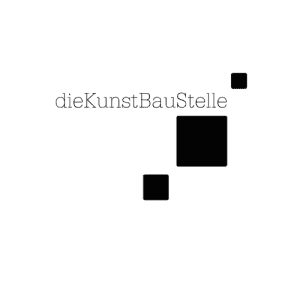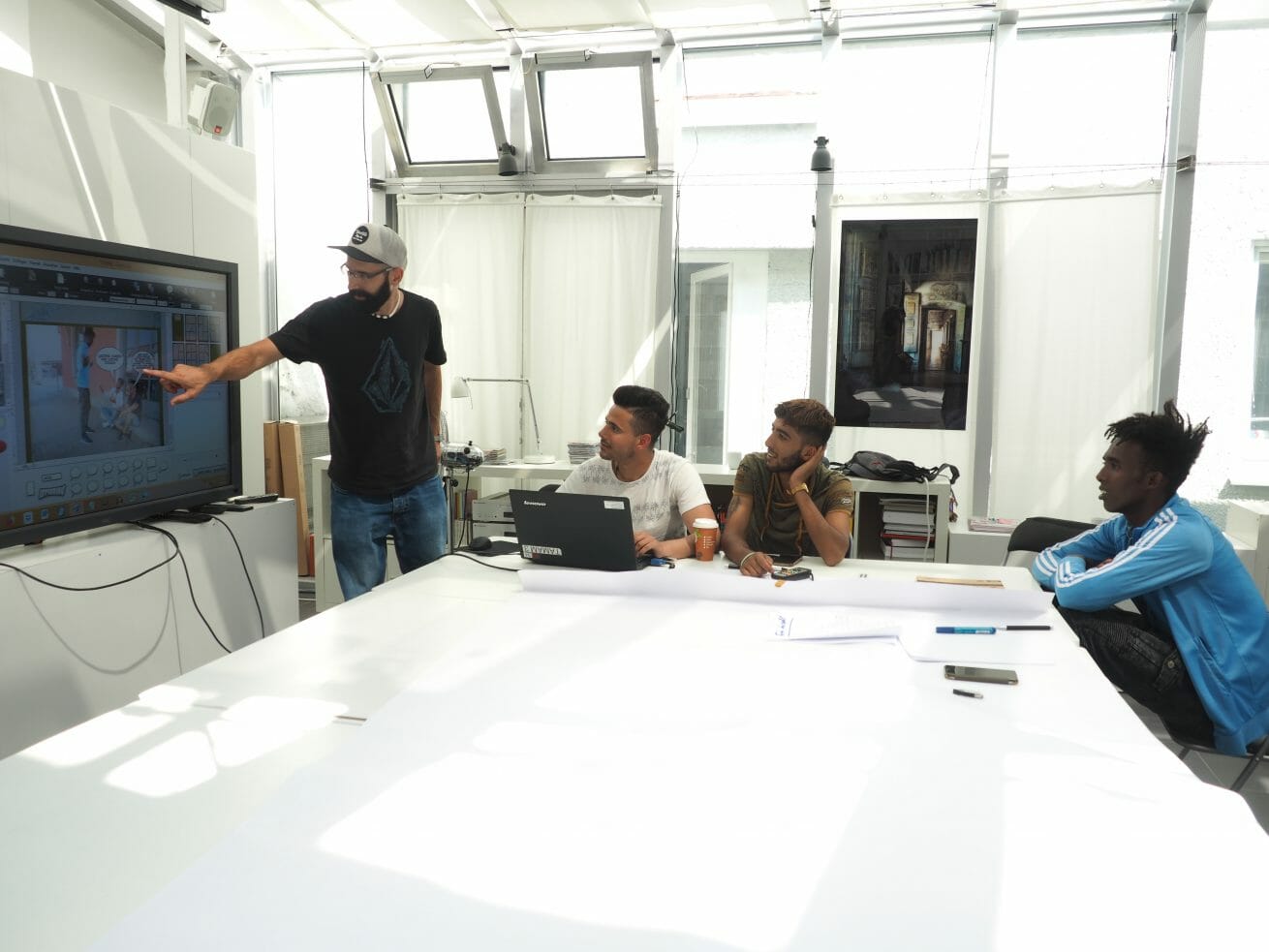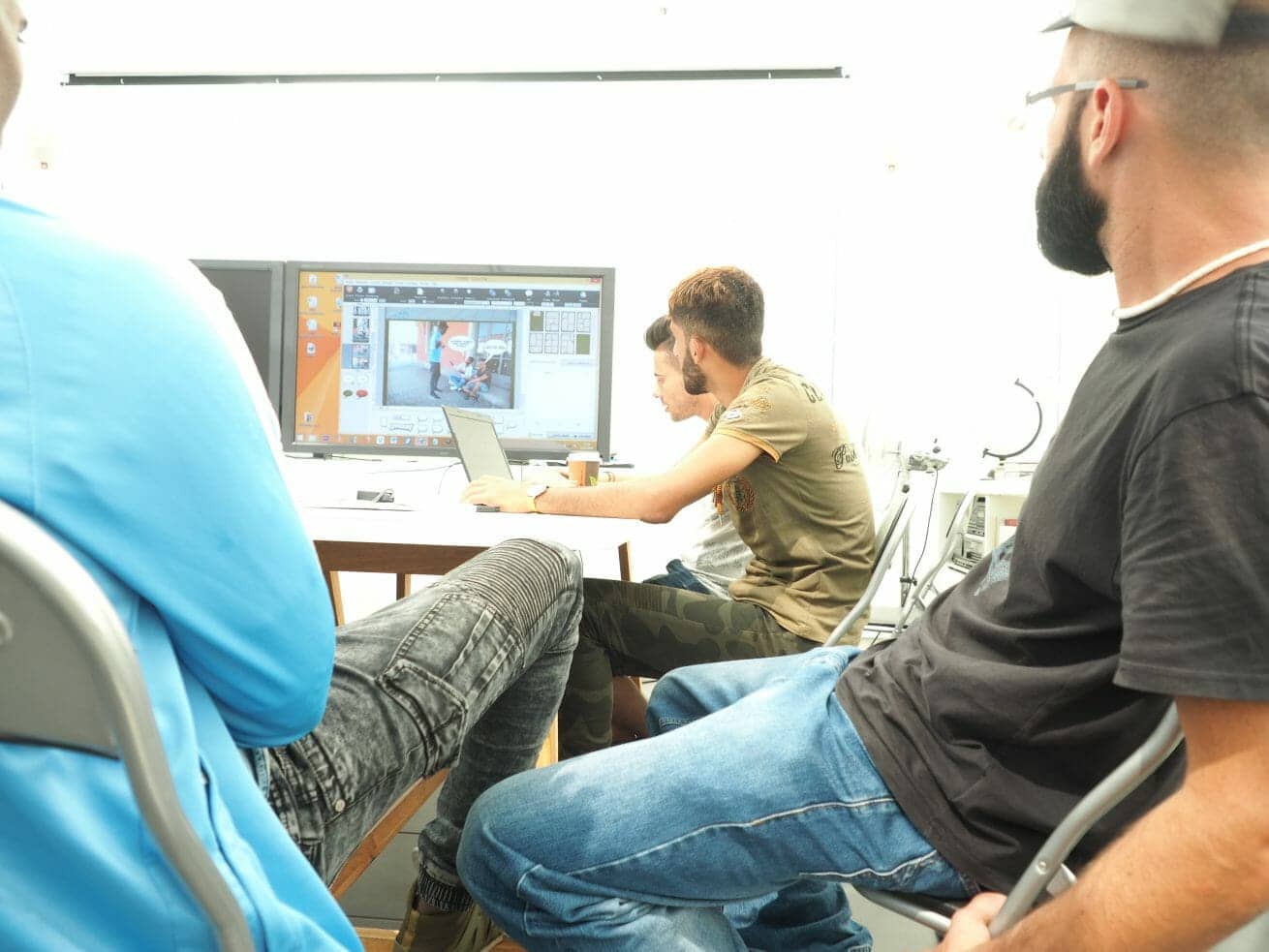Mode-Kostüm-Projekt „Der Rote Faden –Trau Dich“ des Kulturvereins «dieKunstBauStelle e.V.» und «der Stelzer» präsentierte in der Turnhalle in der Platanenstraße eine beeindruckende Abschlusspräsentation mit hochkarätigen Kostümkreationen und tolle schauspielerische Leistungen auf Stelzen.
Bereits zum dritten Mal wurde das Mode-Kostüm-Projekt „Der Rote Faden“ des Landsberger Kulturvereins «dieKunstBauStelle e.V.» nun mit Hilfe von Fördermitteln des Programms „Kultur macht stark. Bündnisse für Bildung“ vom Bundesministerium für Bildung und Forschung in Landsberg durchgeführt. Jugendliche aus Landsberg und Umgebung, Schülerinnen und Schüler, Landsberger wie syrische Flüchtlinge, haben seit Juli mit großem Elan gemeinsam an ihren Werken gearbeitet, um sie schließlich in einer großen Abschlussperformance auf Stelzen dem Landsberger Publikum vorstellen zu können.
In der diesjährigen Langen Kunstnacht waren die Wetterbedingungen nicht die besten, deswegen wurden die empfindlichen Kostüme und Masken nur in einer Ausstellung gezeigt. Nun konnten die faszinierenden Ergebnisse des Kostüm- und Theaterworkshops als Abschlussperformance in der Turnhalle der Grundschule Platanenstraße präsentiert werden.
Kostüme aus Metall und Bast sowie ein Wald voller Masken
Zu sehen gab es eine spannende und gut durchdachte Inszenierung – mit Kostümen, die vom Gegensatz leben: Metallmaterialien und Bastgewebe wurden bei der Erstellung miteinander kombiniert. Zudem hielten die Teilnehmerinnen und Teilnehmer bei der Präsentation auf Holzstäben befestigte Tiermasken in der Hand. Mit Schwein, Hase, Elefant & Co. ließen sie damit einen ganzen Wald voller Masken entstehen.
„Für diese ausgefallene Produktion war es dieses Jahr besonders aufwendig und anspruchsvoll, die Kostüme von Hand herzustellen“, betont Renate Stoiber ehemalige Chefin der Kostümabteilung der Bayreuther Festspiele. „Die Jugendlichen haben dabei sehr viel Geduld bewiesen. Ein großes Dankeschön geht an sie und natürlich auch an die vielen Helfer im Hintergrund. Ohne ihren großen Einsatz und ihr unermüdliches Engagement hätten wir das nie geschafft.“
Ein Stück von den Jugendlichen
Peter Pruchniewitz, Theaterleiter der Stelzer, studierte mit den Jugendlichen in den Herbstferien mit den neu erstellten Kostümen und Masken eine Aufführung mit musikalischer Untermalung ein, die das Publikum sofort in ihren Bann gezogen hat. „Die jugendlichen Darsteller haben alles selber erarbeitet, viele Ideen eingebracht, die Dramaturgie entwickelt und die Musik selbst ausgesucht“, betont Pruchniewitz. „Es war ein Stück von den Jugendlichen, komplett selbst gemacht.“
Dafür gab es vom Publikum einen großen Applaus: „Die Jugendlichen haben echt was geleistet – und das neben der Schule, Prüfungen und Hausaufgaben“, sagt Maggie aus Erpfting nach der Inszenierung, während man noch gemütlich beisammen bei Kaffee und Kuchen beisammen stand. „Auch schauspielerisch fand ich die dramatische Geschichte sehr überzeugend gespielt“.
„Es war ein richtiges Tanztheater auf Stelzen“, betont Brunhilde aus Kaufering. „Die Kostüme waren auch so aufwendig gearbeitet. Die Idee mit den Tiermasken fand ich besonders gut.“ Ute aus Bremen hat vor allem fasziniert, wie viel Arbeit und Elan die Jugendlichen in dieses Projekt stecken. „Dass sie in ihrer Freizeit basteln und auch selber inszenieren und dies mehr als eine halbe Stunde lang auf Stelzen präsentieren, finde ich toll“, sagt sie.
Wolfgang Hauck, Leiter der Stelzer, freute sich ganz besonderes. „Nach dem Ende des erfolgreichen Festspiels Licca Line, hatten wir somit nochmals eine Möglichkeit, für und mit Jugendlichen in Landsberg ein größeres Projekt zu verwirklichen. Das war eine ganz besondere Chance, die ohne die Förderungen nicht möglich gewesen wäre.“
Das außerschulische Projekt, das dieKunstBauStelle gemeinsam mit den Projektpartnern «Die Stelzer» und Mittelschule Landsberg realisiert, ist Teil der Maßnahme „Jugend ins Zentrum!“, die im Rahmen des Programms „Kultur macht stark. Bündnisse für Bildung“ vom Bundesministerium für Bildung und Forschung gefördert wird.
Photo: Wolfgang Hauck





